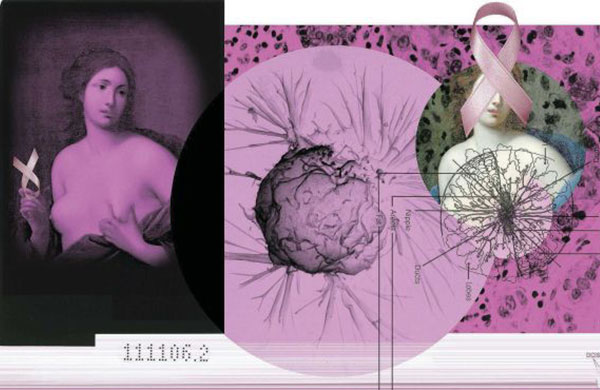 Every year, on the third Thursday of November, smokers across the nation take part in the American Cancer Society’s Great American Smokeout by smoking less or quitting for the day. The event challenges people to stop using tobacco and raises awareness of the many effective ways to quit for good.
Every year, on the third Thursday of November, smokers across the nation take part in the American Cancer Society’s Great American Smokeout by smoking less or quitting for the day. The event challenges people to stop using tobacco and raises awareness of the many effective ways to quit for good.
In many communities, local volunteers support quitters, publicize the event, and press for laws that control tobacco use and discourage teenagers from starting.
Research shows that smokers are most successful in kicking the habit when they have some means of support such as nicotine replacement products, counseling, prescription medicine to lessen cravings, guide books and the encouragement of friends and family members.
Despite that, only about one in seven current smokers reports having tried any of the recommended therapies during his or her latest attempt to quit. Telephone quitlines are a convenient resource, available for free in many states. Call 1-800-ACS-2345 to find a quitline or other science-based support in your area.
The Smokeout has helped bring about community programs and smoke-free laws that are now saving lives in many states.
The idea for the Great American Smokeout grew out of a 1974 event. Lynn R. Smith, editor of the Moticello Times in Minnesota, spearheaded the state’s first D-Day, or Don’t Smoke Day. The idea may have been inspired by Arthur P. Mullaney of Randolph, Massachusetts, who three years earlier had asked people to give up cigarettes for a day and donate the money they would have spent on cigarettes to a high school scholarship fund.
The idea caught on, and on November 18, 1976, the California Division of the American Cancer Society successfully prompted nearly one million smokers to quit for the day. That California event marked the first Smokeout, and the Society took it nationwide in 1977.
Each year, the Great American Smokeout also draws attention to the deaths and chronic diseases caused by smoking. And throughout the late 1980s and 1990s, many state and local governments responded by banning smoking in workplaces and restaurants, raising taxes on cigarettes, limiting advertising, discouraging teen cigarette use and taking further actions to counter smoking.
Those states with strong tobacco control laws are now reaping the fruits of their labor. They have markedly lower smoking rates and fewer people dying of lung cancer, according to a report in Cancer Causes and Control.
That study found lung cancer death rates among adults aged 30-39 were lower and falling in most states that had a strong anti-tobacco program. In states with weak tobacco control, lung cancer rates were higher and climbing.
Today, an estimated 45 million US adults smoke. Tobacco use can cause lung cancer, as well as other cancers, heart disease and lung disease. Smoking is responsible for one in three cancer deaths, and one in five deaths from all causes. Another 8.6 million people are living with serious illnesses caused by smoking.
Fortunately, the past 30 years have seen tremendous strides in changing attitudes about smoking, in understanding the addiction and in learning how to help people quit.



